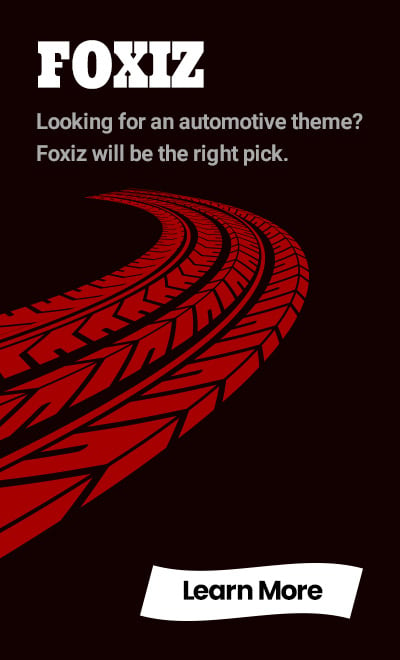The most iconic and beloved cars in automotive history have deep racing roots, and every gear head should drive these vintage race cars. Competitive sports and games have been part of the human race going back at least 3,000 BC, and as soon as the first automobile was safely on the road, humans were already thinking of ways to race against each other. The first-ever motor race, known as the Paris-Bordeaux-Paris race, happened in 1895 with 23 cars covering 732 miles, thus laying the foundation for modern motorsport competitions like Formula One and NASCAR Indy Car, and more. With time, the automotive industry grew, and so did racing.

Optimization for various types of devices and resolutions plays a fundamental role in modern website design. Web page layouts should be genuinely responsive and not rely on any fixed-size elements. Web designers using fluid grids and flexible images will guarantee that a web page will render well on a variety of devices, windows, and screen sizes.
Most users search for something interesting (or useful) and clickable; as soon as some promising candidates are found, users click. If the new page doesn’t meet users’ expectations, the back button is clicked and the search process is continued.
Models and Features
Enzo Ferrari, the legendary race car driver and automotive maker, once expressed motor racing as a “great mania to which one must sacrifice everything, without reticence, without hesitation.” Truer words have never been said, seeing manufacturers give their all in the production of race cars, with engineers pouring all the passion and dedication driven by the raw heat of competition. It’s no wonder some of the most iconic and beloved classic cars in automotive history have deep racing roots. Here are some of the most incredible vintage race cars that every gearhead would love to drive. No list of vintage cars can be complete without mentioning the car Enzo Ferrari described as being the most beautiful car in the world; this is from a man who knew his way around creating beauty. The Jaguar E-Type was also a formidable racer. Add the ultra-body made of aluminum components and a thoroughly modern chassis, and the racing spec E-Type could sprint up to 153mph. The car was highly successful in SCCA Production sports car racing.
Not all websites are made equal. Some websites are simple, logical, and easy to use. Others are a messy hodgepodge of pages and links.

Without website navigation, your visitors can’t figure out how to find your blog, your email signup page, your product listings, pricing, contact information, or help docs.
Quick and easy access to the content they’re after is more important for your website users than a… visually-stunning design.
Website navigation allows visitors to flow from one page to another without frustration. If you’ve done your job well, visitors leave your site with the intention to return and might even buy something from you or sign up for your email list.
Bad navigation is an especially common problem. We’ve all struggled to find things on disorganized websites without any logical structure. It feels hopeless.
Using “complex large pictures”. Because a carousel generally carries a lot of picture messages, complex large pictures result in low performance and “slow loading rate” of the sites, especially those whose first homepages are occupied by high-resolution carousels.
Competition
In design, rhythm is created by simply repeating elements in predictable patterns. This repetition is a natural thing that occurs everywhere in our world. As people, we are driven everyday by predictable, timed events.

One of the best ways to use repetition and rhythm in web design is in the site’s navigation menu. A consistent, easy-to-follow pattern—in color, layout, etc. Gives users an intuitive roadmap to everything you want to share on your site.
Rhythm also factors into the layout of content. For example, you “might have” blog articles, press releases, and events each follow their own certain layout pattern.
Availability
Nobody enjoys looking at an ugly web page. Garish colors, cluttered images and distracting animation can all turn customers “off” and send them shopping “somewhere else”. Basic composition rules to create more effective:
- Direct the Eye With Leading Lines
- Balance Out Your Elements
- Use Elements That Complement Each Other
- Be clear about your “focal points” and where you place them
How much does the Service Cost?
Good design guides the user by communicating purpose and priority. For that reason, every part of the design should be based on an “informed decision” rather than an arbitrary result of personal taste or the current trend.

Provide distinct styles for interactive elements, such as links and buttons, to make them easy to identify. For example, “change the appearance of links” on mouse hover, “keyboard focus”, and “touch-screen activation”.







